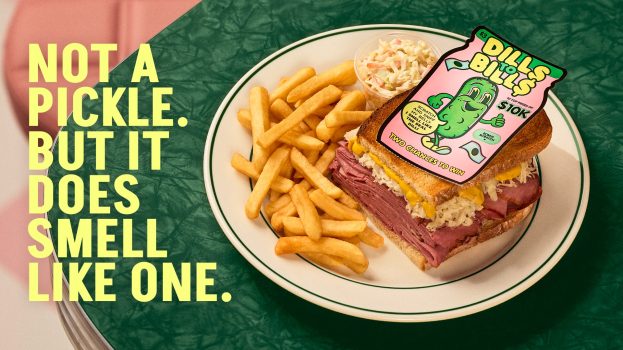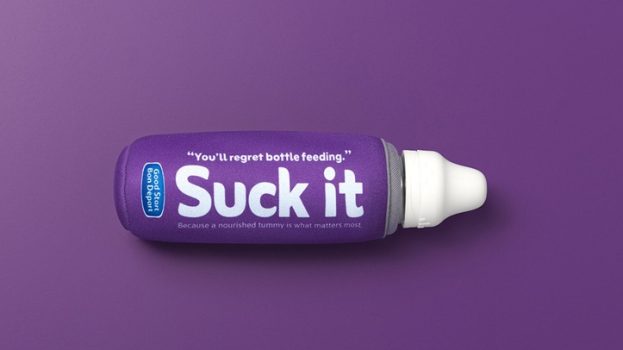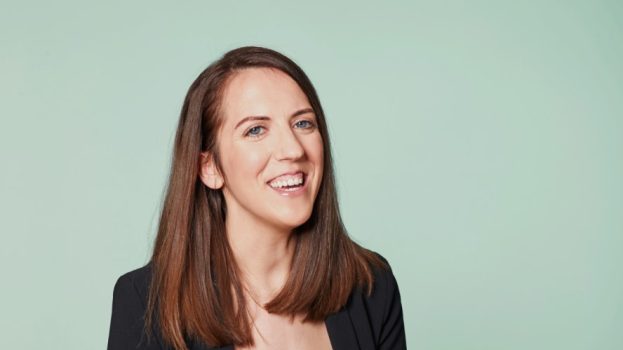As books like Uncommon Grounds: The History of Coffee and How It Transformed Our World by Mark Pendergrast have demonstrated, the culture of coffee is at least as deep and rich (but nowhere near as snobby) as the culture of wine.
A ninth century Ethiopian invention, coffee has a history that links it to some of the great social issues of the last millennium. It has inspired and endured trade wars and religious censure. It’s lubricated many of the great intellectual movements of the last 500 years, and given rise to economies. It’s the sixth-largest globally traded commodity by value. In America alone, the per capita consumption is over 22 gallons a year. Coffee is, in the parlance of the street, HUGE.
It’s no surprise that it should also be one of the first commodities to inspire the concept of brand experience. It started with B. Joseph Pine and James H. Gilmore’s 1999 book The Experience Economy, in which Starbucks was cited as Exhibit A in the case for looking at brand-as-experience instead of the more conventional brand-as-image.
Since then we’ve been all but bludgeoned to death with the brand’s Archimedean discovery of what Europeans have known for centuries: It isn’t just about the coffee. It’s about the sensory envelope in which we experience it. What Starbucks did was reverse-engineer that envelope, detail by detail, sense by sense, and design an experiential template that could be replicated thousands of times around the world.
This of course has initiated positioning wars with competitive vendors. While Starbucks wishes to become everyone’s ‘third place” (after work and home), Second Cup wants us to make them our ‘second home.” Even Coca-Cola is in the act now with its Far Coast concept store in Toronto, where they will offer consumers ‘a window into different cultures through our range of delicious brews and infusions.’
Then there are brands which become second and third homes almost organically. For Tim Hortons, it’s about the lunch, not just the coffee, and in rural areas, it has become a second community centre. And for a long time, Coffee Time (Smokey Time?) was the ‘third place’ of the nicotine set.
As brands in this space continue to experiment with the sensory envelope, (a little Wi-Fi here, a little Tony Bennett there), they seem to have missed the most important part: the freakin’ coffee! I don’t know about you, but I have not had a satisfactory latte at any of the big chains for a very long time.
Timothy’s, Starbucks, Second Cup – they all taste rather bland to me. In a recent issue of Canadian Business magazine, a blind taste test was conducted with four experts – an executive chef, a custom roaster, an espresso bar owner and an importer – and they all thought McDonald’s was the best of the bunch. That bunch included Starbucks.
For demanding espresso-holics, the best stuff is still to be had at the independents. In Toronto, that means a trip to the east-end Mercury Espresso Bar. Like New York’s famed ‘soup Nazi,’ Mercury’s colourful proprietor treats every cup as a sacred offering. Nor is he afraid to tell us what Mercury is about: ‘We aim to bring to our clients the best cup of coffee served in Toronto.’ His mission: ‘Nothing says coffee like crazy goats and rock ‘n’ roll.’ Which is what you hear on the turntable when you walk in. Then there’s Stratford, Ont.-based Balzac, where the ghost of the great French writer is channeled into brews made from Arabica beans, long preferred by coffee lovers to the more plebian Robusta.
So this raises an important question: Is it possible to replicate an experience as unique as Balzac or Mercury? Can a Starbucks give us both the envelope and the contents? Starbucks does say it is committed to offering its customers ‘the world’s best coffee and the finest coffee experience.’ So they know they need to deliver both. Timothy’s claims ‘a passion for fantastic coffee’ and it ‘ensures every cup is beyond comparison.’ Hmm…
While the coffee category may have woken the industry (and bean counters) up to the value of brand experience, seems like the baristas have been caught napping on the product front, and it’s time to snap to and re-evaluate the experience. Curiously, the bean chains’ success at elevating consumers’ coffee expectations has been so pervasive that it’s changed the game, and it’s time for everyone to kick it up another notch.
Will Novosedlik is partner at Toronto-based Chemistry, a brand collaborative which links strategy to communication, organizational performance and customer experience. He can be reached at will@chemistrycorp.com.























